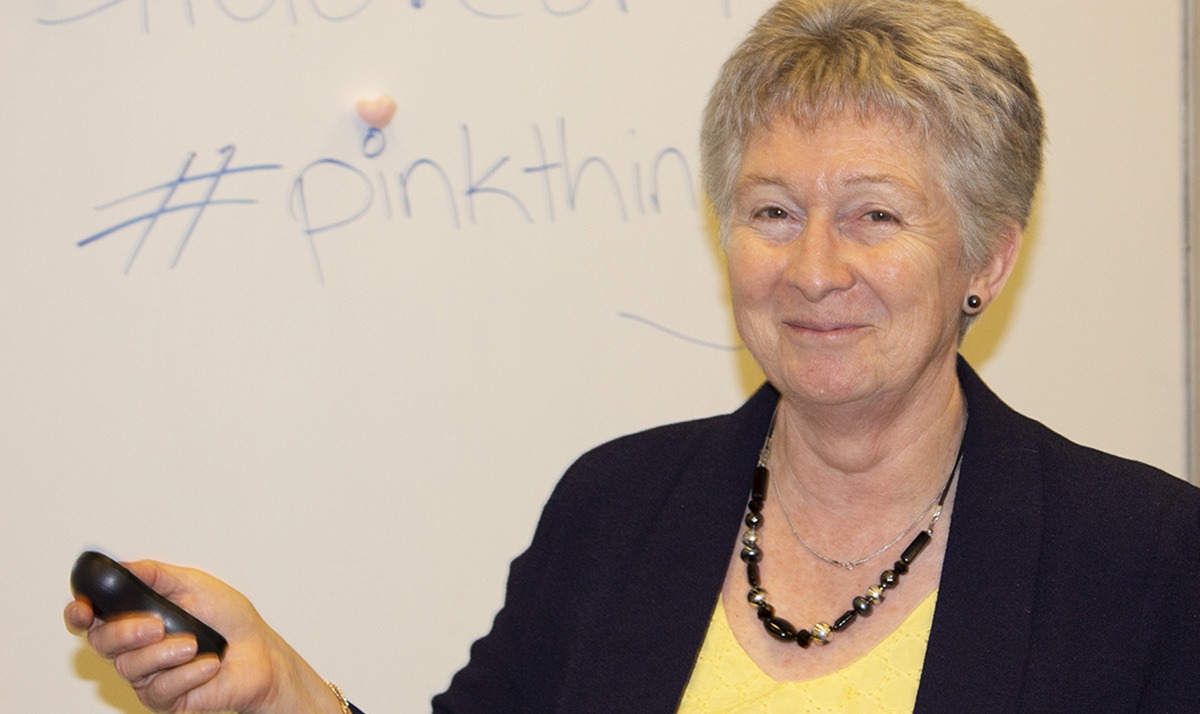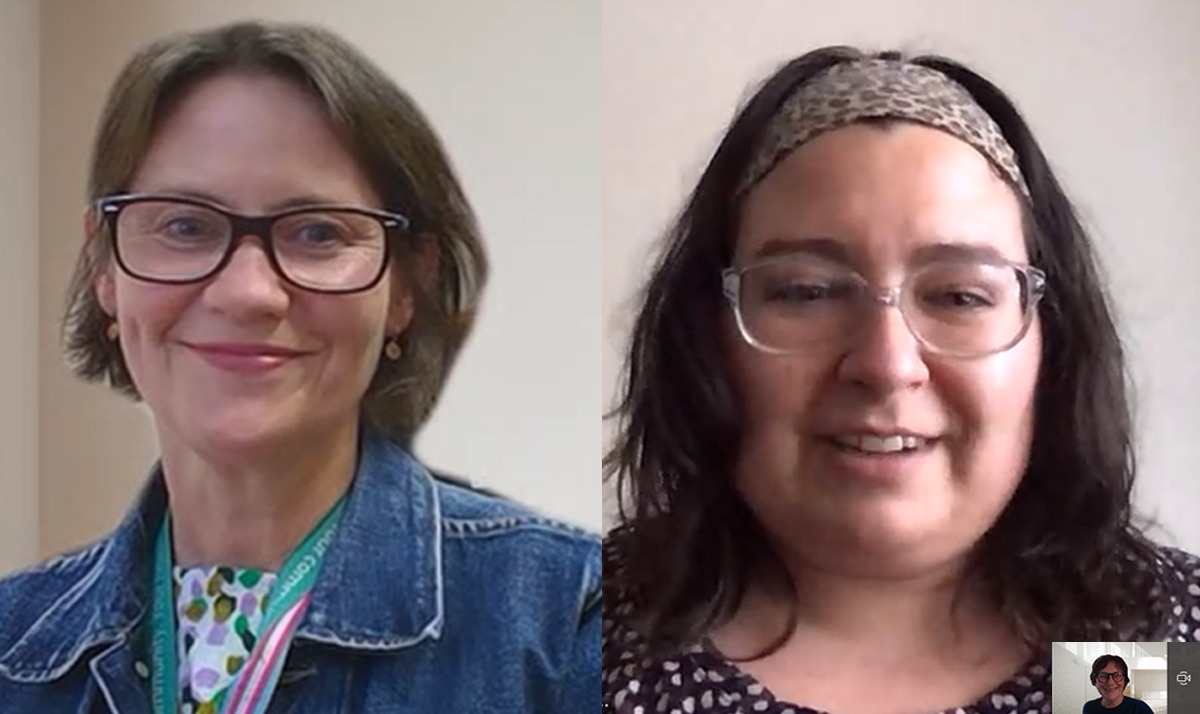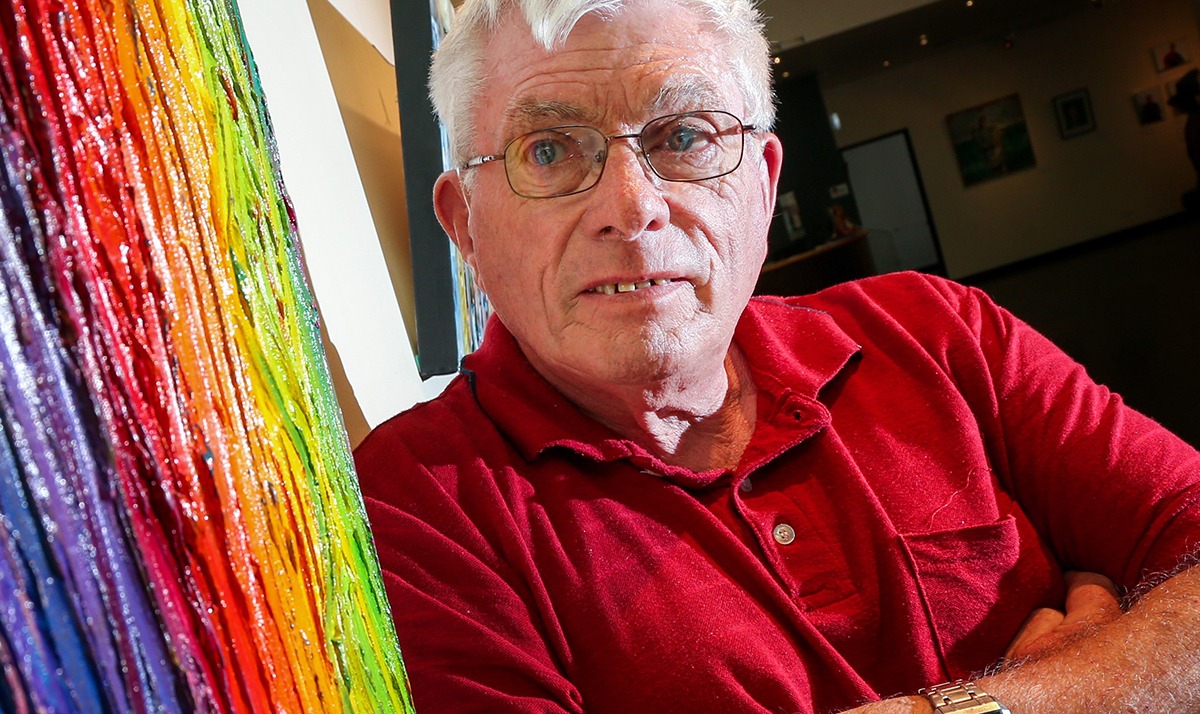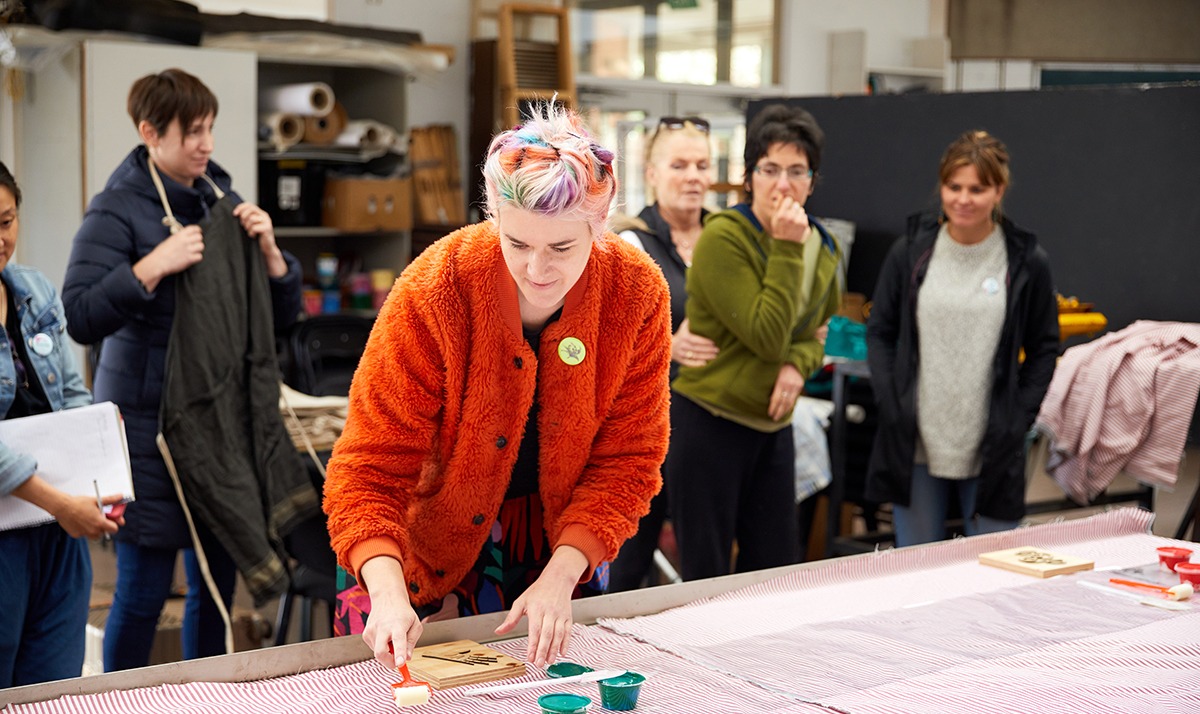Covid-19 will be a flashpoint for consumer engagement exactly as cancer was, predicts Dr Maria Teresa Dawson. And the charge will be led by consumers.
Dr Dawson – who prefers to be called Tere – is Manager of Training and Development at Health Issues Centre, where she has spent the past 18 years quietly helping to transform the health system for consumers.
She says although we’ve come an impressive distance with consumer engagement over the past two decades, the Covid-19 crisis has highlighted some of the gaps that still need bridging.
“Cancer survivors have revolutionised the way their voice is heard in Australia,” she says.
“In the same way that we worked with cancer survivors, we should work with the Covid survivors. The Cancer Australia Consumer Engagement Framework (2016) was developed with consumers and we were there supporting the implementation of the Framework through the development of the Consumer Involvement Toolkit.
“Those with lived experience should be the models that drive us forward. They should have a seat at the table developing policy, writing papers and driving change from within.
“And we shouldn’t forget the contribution that consumers in the mental health sector made to this process either – they achieved enormous impact. Their pioneering work culminated in the creation of paid positions for consumers with lived experience in the mental health workforce across Australia.”
A movement of little stories
Tere says measuring the impact of consumer engagement is difficult – even after decades.
“It’s all anecdotal,” she says. “In many, many little ways it has had an impact and you can see it in the many little stories people have to tell. It’s backstage work, it’s not about big statistics.”
The evidence will spill out in conversations with organisations, who tell her, “We never used to do things like this, then we talked to consumers and realised we could do it differently,” Tere says.
“Or consumers will tell us their stories of how they have been able to influence small changes through the work they are doing.”
It’s a pattern of incremental shifts building to a landslide over time and when you look back you can see how far the movement has come.
Humble beginnings
“When I joined Health Issues Centre in 2002, the organisation already had a history of working on consumer engagement for many years – since around 1983,” Tere says.
“Since then, we have made tremendous progress and we really should be celebrating. We have gone on to establishing consumer engagement policies, not just in Victoria but nationally.”
She said Victoria launched a Consumer Participation Policy in 2006 – Doing it with us not for us – and then in 2009 a set of standards for consumer participation which Health Issues Centre was involved in developing. In 2012, the National Quality and Safety Health Care Standards were launched including Standard 2: Partnering with consumers. This standard is still there in the revised edition of the national standards published in 2017.
Along the way, consumer and community engagement has been adopted into other significant spheres, including being mandated by the National Health and Medical Research Council (NHMRC) in research and grant funding. Historically, consumer engagement was also a component of the former Medicare Locals, and still is today in the Primary Health Networks across Australia.
Consumer and community engagement have also been incorporated into the VET system through the only two nationally accredited consumer and community engagement courses in the country developed and delivered nationally by Health Issues Centre. For more information about the Couse in Consumer Leadership (10163NAT) and the Gradate Certificate in Consumer Engagement (10164NAT) go to HIC Accredited-courses.
In truth, Tere herself is a pioneer and she is now working on a legacy to hand over to the next generation of consumer representatives.






